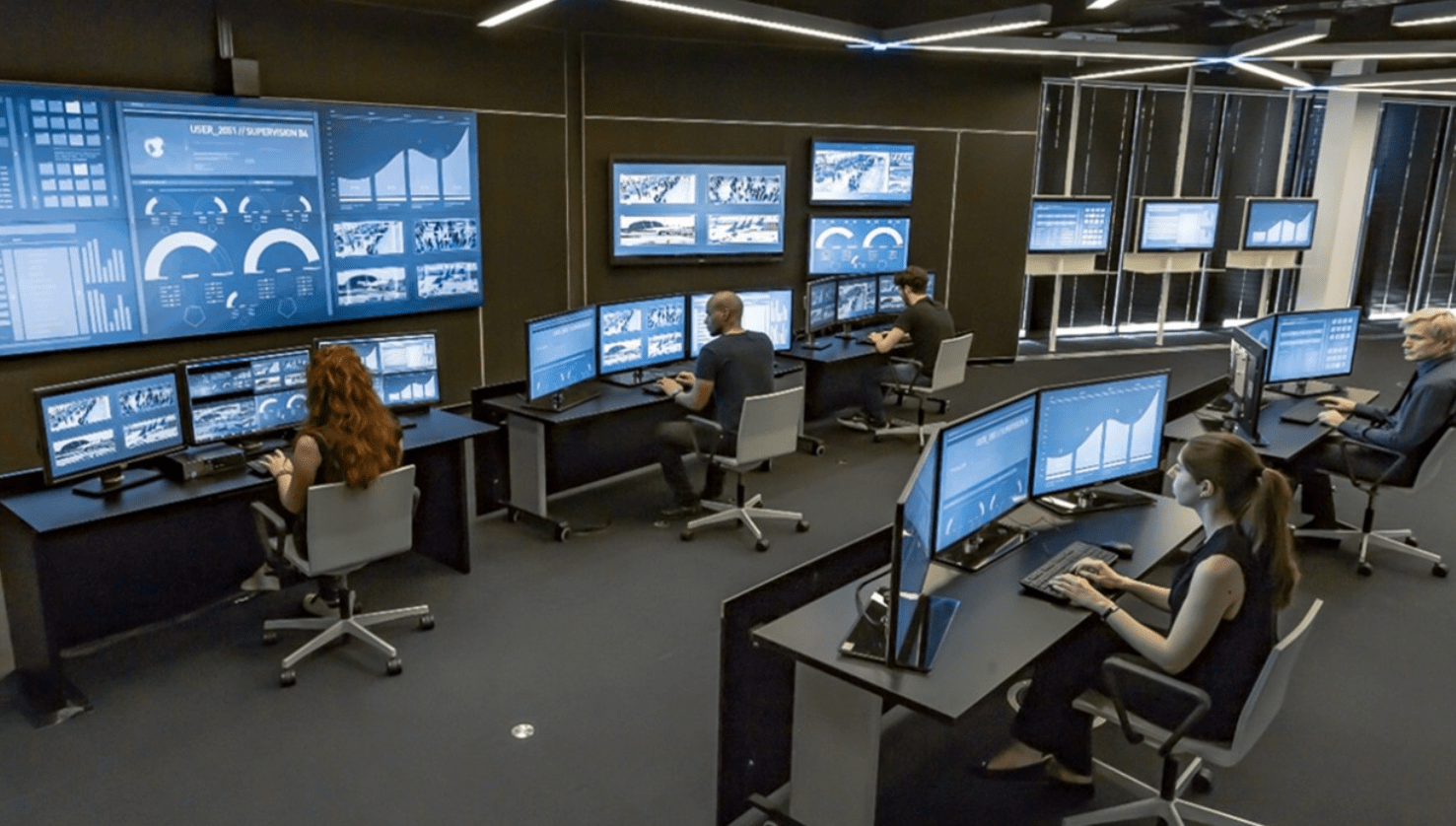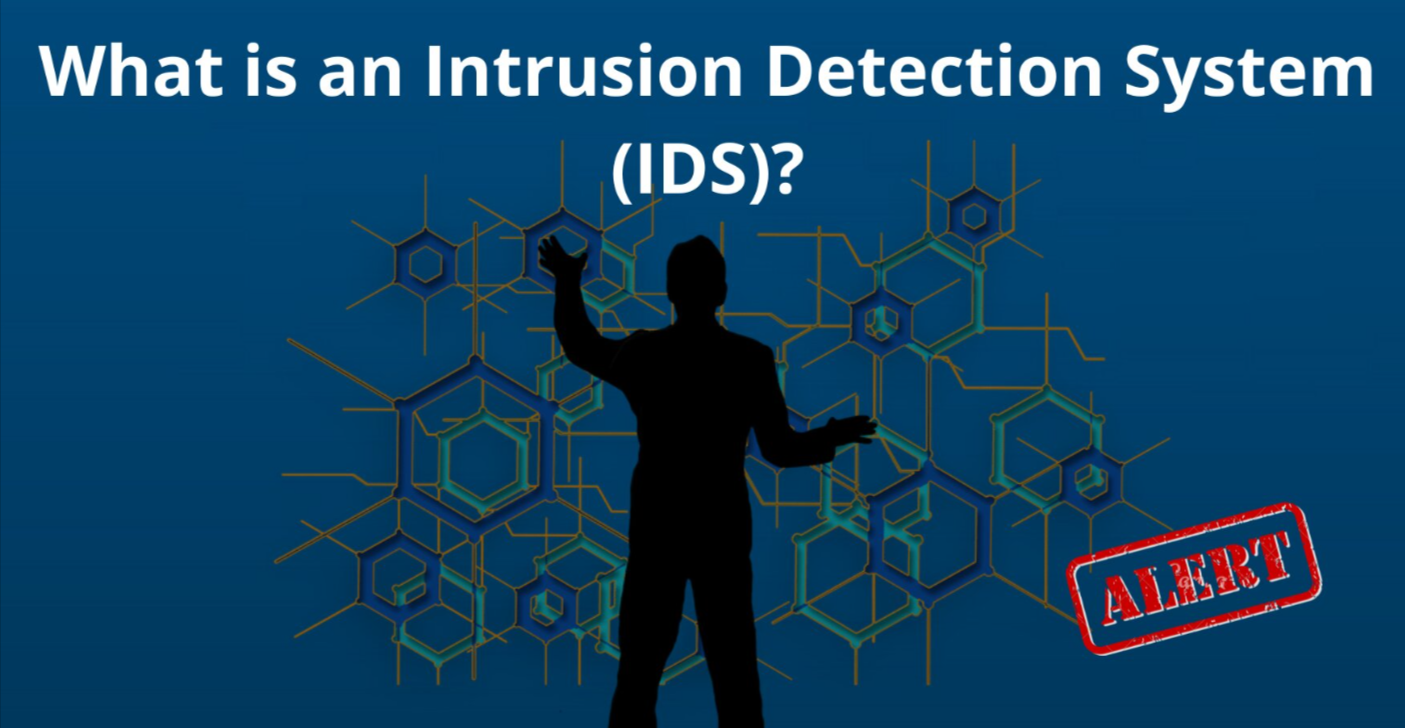The Role of SOC (Security Operations Center) in Cyber Defense

So, it talks about everything, the reason, and the way to guard your company treasure and confidential information from those evil cyber villains.
What's a Security Operations Center (SOC)?
An organization has thereby developed a Security Operations Centre (SOC) as the brain centre that observes, monitors, and responds to cybersecurity threats in real-time. Think of SOCs as your superheroes engaged in frontline cyber warfare on a 24x7 shift model to thwart anything ill-intended.
An SOC generally operates with professional warriors engaged in cyber warfare. Cybersecurity analyst, incident responder, engineers, and oftentimes software developers together form such teams. Collectively, they defend against various threats vying to compromise the organization's network, systems, and data, from sustained hacking and malware attacks to ransomware and data breaches.
Why a SOC Important for Cyber Defense
As cyber-attacks become more sophisticated, the presence of a well-trained cyber security branch is extremely vital. Security operations teams are then called in to fulfill this role to safeguard an organization's cyber assets and ensure that potential hot spots are identified and handled at the earliest possible time. These are some of the reasons that make SOC the game changers in the cyber defense:
Immediate Hazard Watch and Recognition Cyber thugs might strike whenever aiming to use weak spots in a company's setup. Round-the-clock scrutiny by the SOC of the network and gear spots odd actions and possible safekeeping issues pronto. Spotting a menace leads to quick handling.
Crisis Handling and Confinement When the SOC spots trouble brewing, they jump on it. They dissect the threat, pinpoint which systems it's messing with, and race to hit the brakes on its spread. Speed's the name of the game here to stop big-time harm like stolen data or money down the drain.
Never-Ending Threat Know-How and Homework The bad guys online never rest, and they're always cooking up new schemes. It's the SOC's job to keep a finger on the pulse of the freshest danger data weak spots, and sneaky moves. They're always sniffing around different places for info, which helps them guess the next moves and toughen up the org's defenses.
Rules and Official Red Tape Every industry has to stick to tough cyber safety rules and stuff like GDPR, HIPAA, and PCI-DSS. A SOC makes sure companies follow these rules by checking that protection steps are up and that they write down and tell the right people about any security problems just like the law says they have to.
On the Offense Against Cyber Trouble Sure, a SOC deals with dangers right when they pop up, but it's also got a game plan to help make an organization's security better. By keeping an eye out all the time and hunting for security weak spots, the SOC can spot risks before they turn into a real problem and to advise the company on how to boost their cyber defenses.
Main Jobs of a SOC
A SOC that works well stands on a bunch of super important tasks that team up to keep the company's cybersecurity strong. We can split these essential jobs into some major parts:
1. Watching Over Security and Keeping Event Logs
Always keeping an eye out is a big job for the SOC. The security experts have a bunch of neat tools they use to check out what's happening on the network, what the systems are up to, and if people are doing anything they shouldn't be. They make sure to write down everything that happens the sketchy stuff, so they can go back and take a look later.
This job means:
Constant Watch: They keep an eye on systems and networks looking out for odd or harmful activities.
Linking Events: They put together info from varied places to find complicated dangers that might slip through the cracks when just looking at one source.
Warnings: When the team spots what might be a danger, they raise the alarm to let the security folks know to take a closer peek.
2. Finding and Figuring Out Incidents
The SOC takes on the job of catching security mishaps and sizing up how bad they are. This is super important, 'cause not every alert means there's danger for real. Security people have to tell apart the false alarms from the genuine issues.
The main tasks they do here include:
Spotting Threats: The SOC hunts for possible security events by sifting through data, studying behavior, and using threat knowledge.
Sorting Incidents: The team measures how serious and impactful an incident is then puts it into a category depending on how quick someone needs to deal with it.
Figuring Out Why: Analysing to pinpoint the reason behind the security issue. This reveals the way the attack happened and what weak spots got hit.
3. Handling and Reducing Incidents
A threat is confirmed and SOC immediately springs into action to mitigate the risk and manage the situation, which includes such activities as disconnecting systems, blocking malicious IPs, and disabling all things that have been compromised.
The subsequent steps are forwards in the incident response process:
Containment: Upon the onset of the incident, the response team will go forth in containing the incident to stop any further harm by isolating the compromised computer systems and/or the network.
Eradication: Thus, they get rid of the service threat from the system by deleting files or disabling an account that might have been compromised.
Recovery: Restoration of the affected system and data includes ensuring the work process is returned to normal.
Post-Incident Review: After the incident has been solved, the Security Operations Center staff meet and conduct a review of what transpired and how they can improve for the future.
4. Threat Intelligence
Detection and defense in cybersecurity will always be a necessity. As attackers go about their daily routine unbeknown to most, there is always one critical alert that is usually missed. The malicious code is being monitored and contained in the lab; by the time the reports come to the distracted cyber defense team, it is probably long since gone.
- The Sociological Operator sets out to analyze all the variables influencing the attacks listed in any of the incident maps together with their trend lines, eventually sharpening the defenses for future threat actors. Thus, all of these have been performed:
- Threat Feed Analysis: Any analysis falling under Threat Feed would regard output or findings based on the known knowns of threats from the outside world.
- Threat Hunting: Probing the internal environment of computing and networking for clandestine threats before their assault path continues.
- Collaboration: Sharing threat intelligence with multiple communities and cybersecurity arenas to enhance global defense.
5. Vulnerability Management
An attempt to reach that rare instant when the SOC finds an opportunity to discover and eliminate weak points from systems and software will ever remain. So probing for vulnerabilities and testing to simulate attacks are commonly used practices to keep any possible way in for attackers to a minimum.
Now comes the whole process of detecting, managing, and controlling vulnerabilities:
Detecting Weaknesses: Automated tools are involved to detect weaknesses that are known to pose threats onto systems and applications.
Updating Software: The second major step should actually be considered a rule: if a security patch is issued for a vulnerability, make sure to apply it.
Risk Assessment: Prioritize vulnerabilities based on the extent of possible damage they may do to us versus likelihood that someone could actually attempt exploitation against us.
What a SOC Does in Cyber Protection Jobs
The job a SOC does in protecting against cyber threats can change based on what kind of group it is and the specific safety stuff they need. Check out the ways a SOC helps with different cybersecurity tasks:
1. Protecting Networks
SOC's real-time capturing of all activity on the network, including instances of major DDoS attacks, sneaky network intrusions, and nasty bugs crawling their way through the system, functional detection, and countermeasure to all such threats is important. Investigating traffic on the network as it happens prevents and keeps offenders from tampering with network vulnerabilities marks the end of such major breaches.
2. Endpoint Defense
The SOC and the endpoint security are an excellent combo and work to protect gadgets (for instance computers, phones, and those terrific server boxes) against viruses and other nasty things. Endpoint Detection and Response (EDR) tools let the SOC see what's happening on these gadgets and do what's necessary to block or shut down compromise.
3. Cloud Security
Now, with most companies taking their operation to the cloud, one thing that also remains to be done by the SOC is adaptation for the cloud infrastructure and service security. While the SOC continues to look at cloud environments to look for setup errors and unauthorized entries and data thefts associated with them, they also use security technologies like Cloud Access Security Brokers (CASBs) to monitor and manage cloud applications.
4. Getting back on track after an incident and keeping the business going
When a security issue pops up, the SOC jumps into action to keep the business running . They're quick to spot and tackle attacks cutting down on idle time and making sure critical systems and data get back online ASAP.
Obstacles SOCs Encounter
SOCs are crucial for fighting cyber threats, but they bump into a few hurdles:
Warning Overload: Teams in Security Operations Centers face too many alerts, and this wears them down sometimes leading to missing the real dangers.
Expert Shortage: The world doesn't have enough cybersecurity experts, which makes filling a SOC with knowledgeable people tough.
Changing Threats: Hackers keep changing their game making it tough for SOCs to keep their guards up and update their strategies and gadgets.
Teaming Up Security Tools: It's hard to get different security tools in SOCs to talk to each other and work as a team.
Conclusion
A Security Operations Center (SOC) as the primary wing for guarding an organization against online threats. The SOC plays a central role in real-time supervision, monitoring, forensic analysis, and remediation of security incidents. The increasing sophistication of cyber threats make fast and dedicated responses by the SOC of vital importance in defending an organization¡¯s cyberspace, computers, and sensitive data against threats from ill-spirited intrusions.


